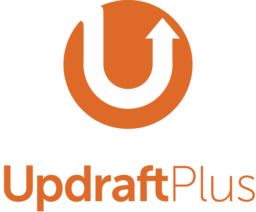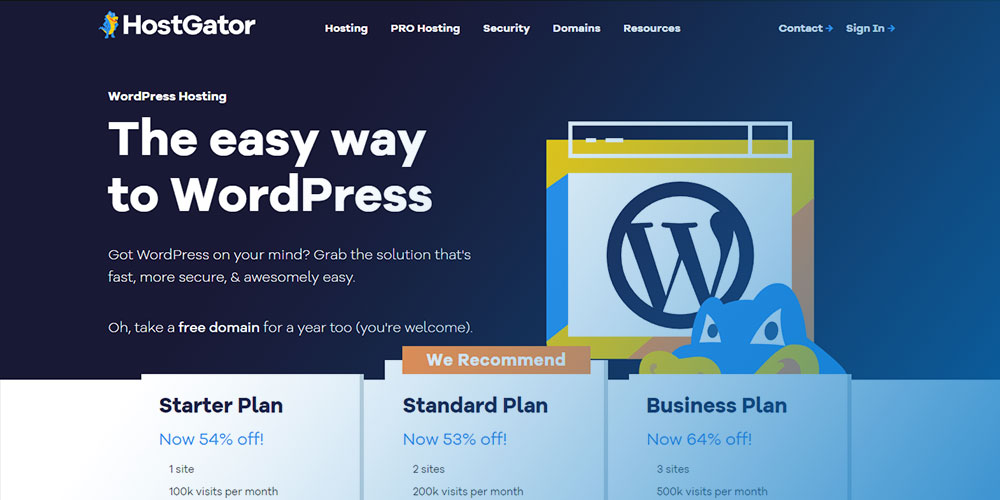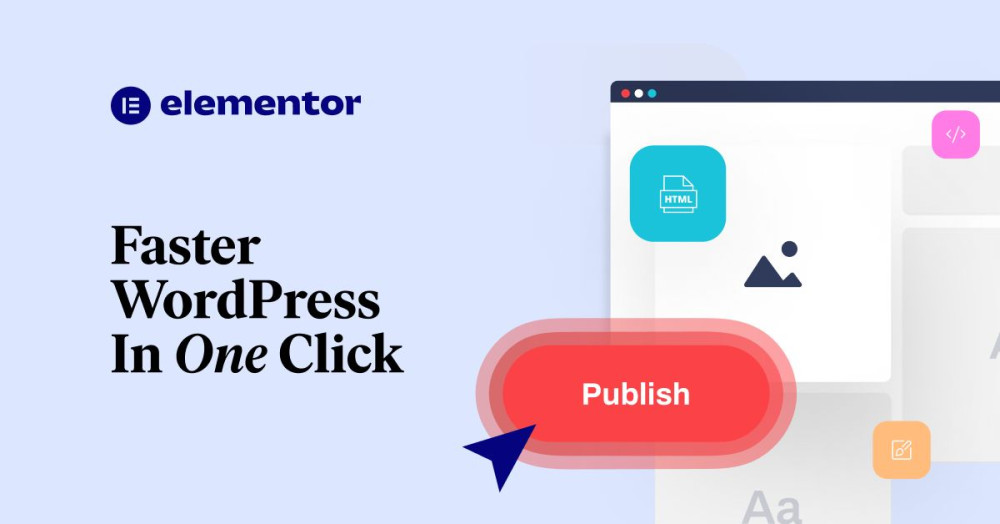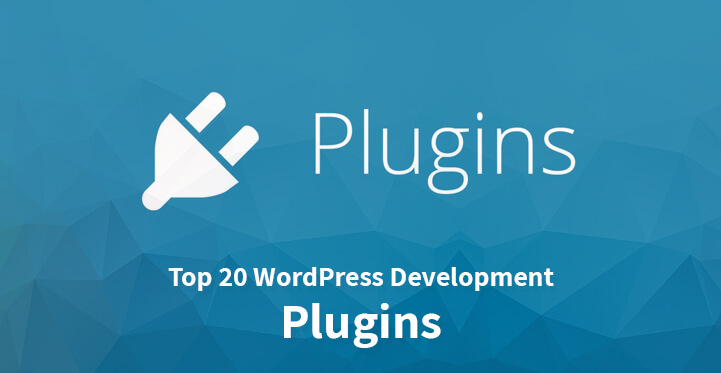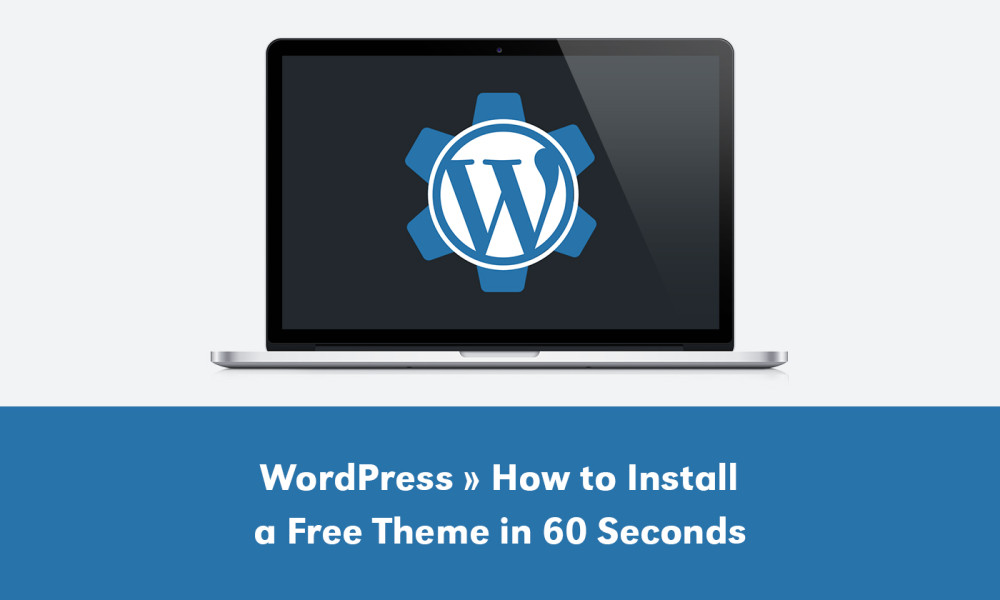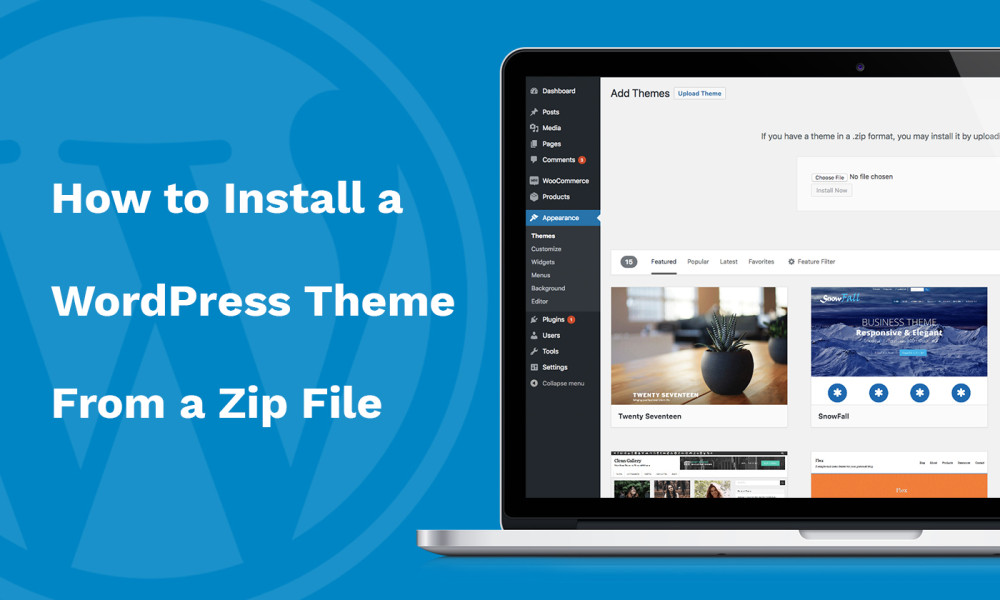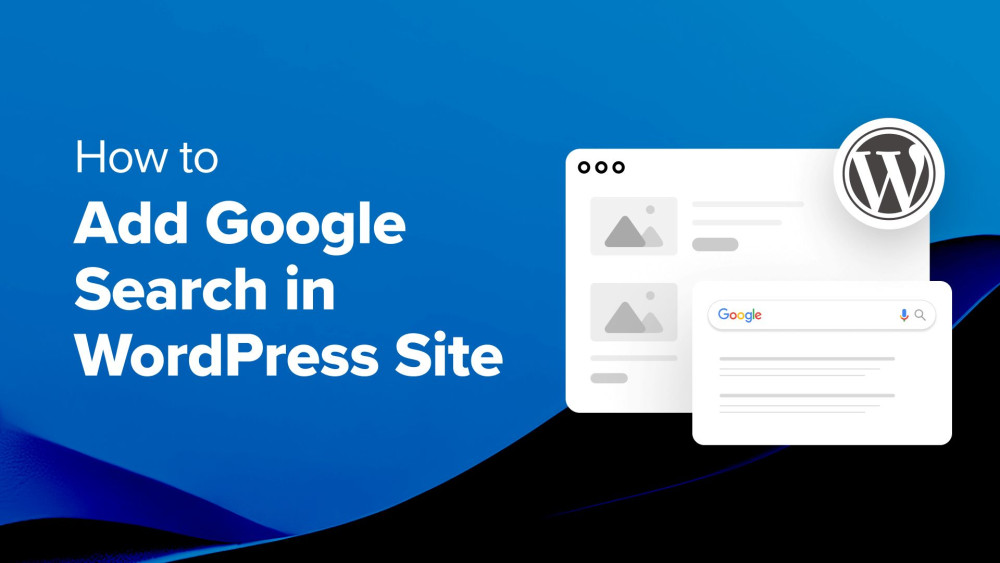The Journey to 1.0 — WDS Blocks and WordPress Gutenberg
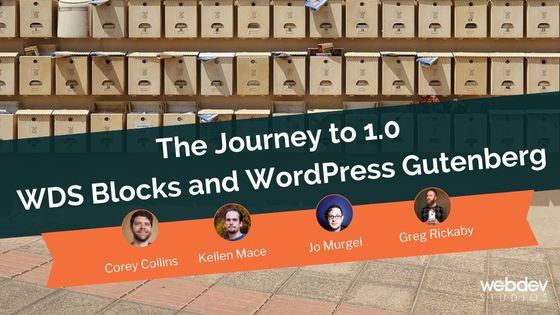
Four years later, WDS liked Greg Rickaby to the location of Director of Engineering, and by this time, Gutenberg had become the largest in WordPress space — there was no ignoring it..
Greg spoke with Cristina Holt, our Director of Project Management, and the first thoughts were to approach Gutenberg just name customer project and pitch it to our CEO, Brad Williams.
Once the service was finalized, Cristina and Greg assembleed company which would be led by Lead Frontend Engineer, Corey Collins, and Lead Backend Engineer, Kellen Mace.
We aladd some skill, and few other application to provide small control to users beyond what is fundamentally from WordPress out of the box..
Utilizing Gutenberg's Inspector Control tools, we were able to create set of Background, Text, and Other Options that we could well replicate across all of our blocks.
Based on Gutenberg is built and how it renders scripting to post content there was problem with creating dynamic or non-static blocks that needed to be worked out.
More on that at WDS Blog WordPress Gutenberg — Arrays, Attributes, and the Fundamental Flaw WebDevStudios..
For instance, when rendering in JSX, ing you that your block was no valid, and className would not be present on the front-end.
This allows for you to make shifts to your block, to have those updates visible on both the backend and frontend of your page and to avoid the disabled markup popup after changing your scripting.
We plan to use WDS Blocks help many of the common blocks that our users will likely need, then add to those any project-specific blocks..
Read more
Greg spoke with Cristina Holt, our Director of Project Management, and the first thoughts were to approach Gutenberg just name customer project and pitch it to our CEO, Brad Williams.
Once the service was finalized, Cristina and Greg assembleed company which would be led by Lead Frontend Engineer, Corey Collins, and Lead Backend Engineer, Kellen Mace.
We aladd some skill, and few other application to provide small control to users beyond what is fundamentally from WordPress out of the box..
Utilizing Gutenberg's Inspector Control tools, we were able to create set of Background, Text, and Other Options that we could well replicate across all of our blocks.
Based on Gutenberg is built and how it renders scripting to post content there was problem with creating dynamic or non-static blocks that needed to be worked out.
More on that at WDS Blog WordPress Gutenberg — Arrays, Attributes, and the Fundamental Flaw WebDevStudios..
For instance, when rendering in JSX, ing you that your block was no valid, and className would not be present on the front-end.
This allows for you to make shifts to your block, to have those updates visible on both the backend and frontend of your page and to avoid the disabled markup popup after changing your scripting.
We plan to use WDS Blocks help many of the common blocks that our users will likely need, then add to those any project-specific blocks..
Read more
Report
Related items:





